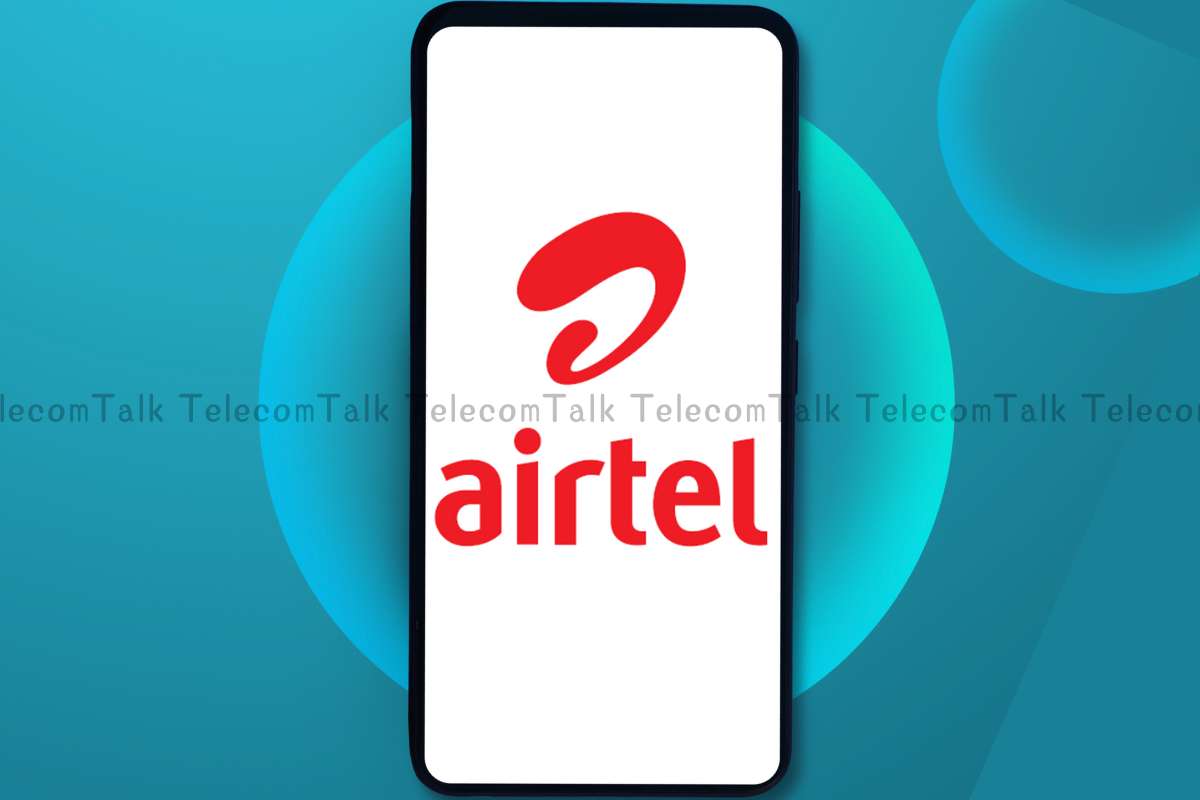In Short:
The FCC has approved Elon Musk’s Starlink to provide emergency satellite connectivity in parts of North Carolina hit by Hurricane Helene. This technology allows satellites to connect directly to mobile phones, helping areas without reliable ground networks. While Starlink and Apple’s Globalstar are advancing in the US, India awaits regulatory approval for similar satellite services, which could reshape the telecom landscape.
Earlier this week, the US Federal Communications Commission (FCC) granted approval for Elon Musk’s Starlink to provide emergency direct-to-cell satellite connectivity. This initiative aims to restore fast broadband coverage in areas of North Carolina severely affected by Hurricane Helene. This technological advancement is generating significant interest in the global telecommunications industry. However, questions remain regarding the operational mechanics of direct-to-cell satellite communication technology, its potential availability in India, and the regulatory landscape governing satellite connectivity.
How Does Direct-to-Cell Satcom Technology Work?
This technology utilizes satellites to transmit signals directly to mobile phones on the ground, providing connectivity in remote areas where traditional ground towers are lacking or in locations where on-ground telecom infrastructure has been compromised by natural disasters. The satellites function as cell towers in space, establishing connections with smartphones attempting to communicate with them. Furthermore, these satellites are interconnected using laser backhaul technology.
The Global Scenario
Elon Musk’s Starlink has deployed satellites capable of directly beaming phone signals to mobiles. Additionally, Apple Inc. has unveiled a ‘direct-to-handset emergency SOS via satellite’ feature leveraging the mobile satellite services network of US-based Globalstar. This feature is accessible to users of the iPhone 14 and 15 in select countries. Apple is also enhancing satellite connectivity options on its devices with the latest operating systems, allowing users in some regions to send and receive messages via satellite when terrestrial or Wi-Fi coverage is unavailable.
Moreover, Qualcomm Inc., based in San Diego, is investigating potential technological solutions, such as narrow-band non-terrestrial networks (NTN), which would enable mobile devices to communicate with satellite systems and provide rapid wireless broadband connectivity to users outside terrestrial networks’ coverage.
India Situation: Is Direct-to-Cell Satcom Connectivity Available?
As of now, direct-to-cell satcom services are unavailable in India. The potential for these services is dependent on the regulatory framework surrounding satellite connectivity. Satellite broadband services are yet to be launched in India, primarily due to the government’s unfinished work on pricing methodologies and the terms and conditions for allocating satellite spectrum to interested companies.
Entities such as Bharti Group-backed Eutelsat OneWeb and Orbit Connect India—a joint venture between Mukesh Ambani’s Jio Platforms (JPL) and Luxembourg’s SES—are eager to introduce mobile satellite services through compatible smartphones. Additionally, Globalstar plans to establish a wholly-owned unit in India to implement satellite-based emergency connectivity for iPhones, while others, including Starlink and Amazon-backed Kuiper, have already applied for permits to provide satellite broadband services.
The National Space Sector Regulator (IN-SPACe) anticipates that India’s space economy could potentially reach $44 billion by 2033, increasing its share of the global space market from approximately 2% to about 8%.
Possible Regulatory Challenges
Currently, direct-to-cell satcom technology is in its early stages and primarily complements terrestrial connectivity. However, there are concerns within a sector of the telecommunications industry that, in the future, satellite communication services may compete directly with terrestrial networks by connecting mobile users.
The Department of Telecommunications (DoT) has recently directed the Telecom Regulatory Authority of India (Trai) to ensure equitable conditions between traditional telecom companies and satellite service providers looking to offer fixed and mobile satellite services via low-earth orbit (LEO), medium earth orbit (MEO), and geostationary orbit (GEO) satellite systems. Last month, Trai circulated a discussion paper seeking public opinions on potential pricing models and the terms and conditions for satellite airwaves allocation without auctions.





